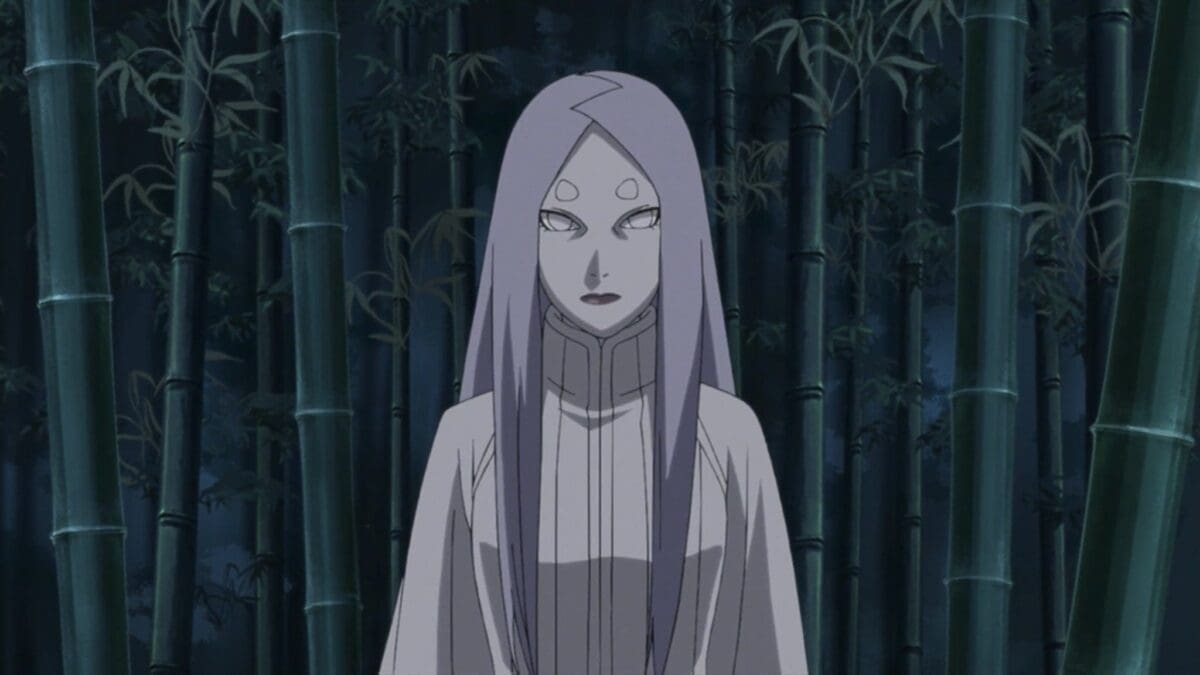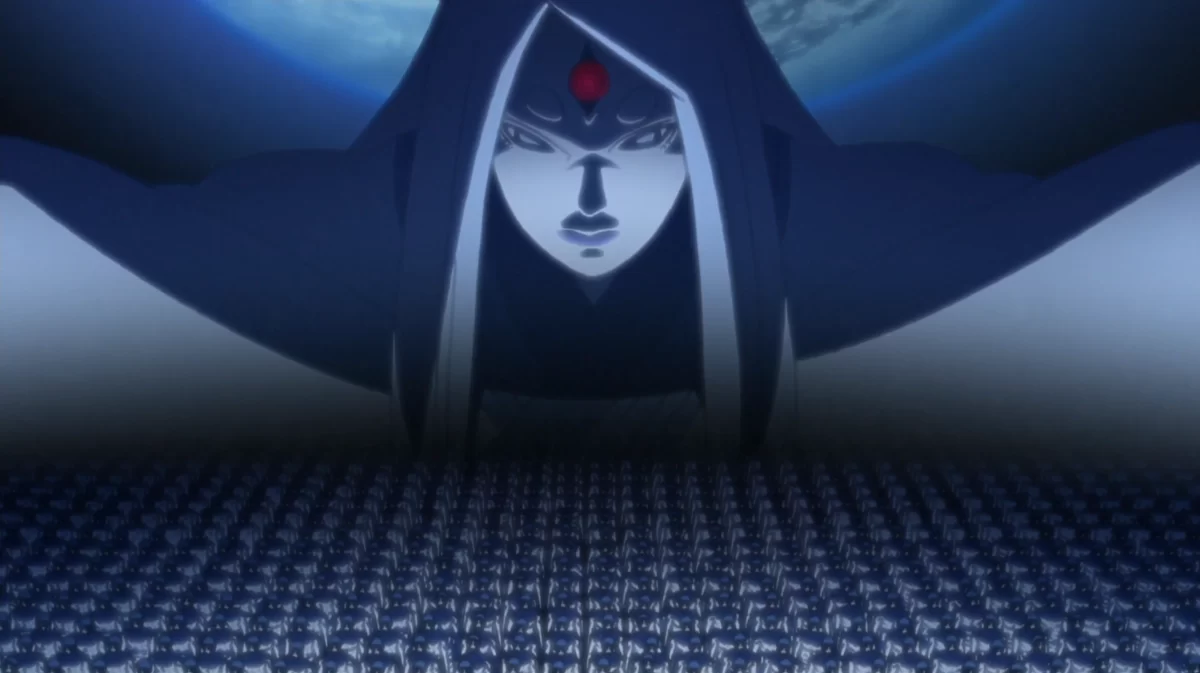Unraveling Kaguya Otsutsuki’s Mythological Roots: An In-Depth Exploration of the Naruto Villain
The Naruto series is renowned for drawing inspiration from various folklore and mythologies, most commonly from Japan’s own indigenous mythos. While concepts such as Chakra and the Paths of Pain are more obvious references to religious mythologies, others are rather tedious to unravel. Kaguya Otsutsuki, a notorious villain in the series, is directly drawn from the Tale of the Bamboo Cutter, one of the oldest preserved monogatari in Japanese folklore.

Kaguya Otsutsuki has stirred controversy among the anime’s fanbase, with many crediting her for ruining the series’ ending. Despite this negative characterization, many remain unaware that this antagonist is actually based on an elegant princess. Kaguya’s origins and her backstory reflect the Tale of the Bamboo Cutter quite earnestly, adding a layer of depth to this problematic character.
The Tale of the Bamboo Cutter’s Influence
The Tale of the Bamboo Cutter is a famed monogatari with multiple renditions in modern Japanese media. Its influence can be witnessed in several anime series, with Naruto being one major example. The narrative of the tale is quite similar to Kaguya Otsutsuki’s origins, with several references and symbolic links present in the series. A few aspects of the tale may differ to fit the narrative better, meaning the adaptation in the anime doesn’t quite remain faithful to the entire tale.
Falling in Love with an Emperor
Kaguya Otsutsuki’s backstory remains faithful to the Tale of the Bamboo Cutter for the most part. Kaguya belonged to a far-away planet and was sent to Earth to cultivate the God Tree’s fruit. When she arrived on the planet, she was taken in by the people of the Land of Ancestors, a small settlement that existed millennia ago in the Naruto universe.
She became a concubine to the Emperor of the nation, later falling in love with him. This reflects Princess Kaguya’s story quite earnestly, as the two met a similar fate and fell in love with the Emperors of their respective nations. While Princess Kaguya was never able to reciprocate her feelings to the Emperor, Kaguya Otsutsuki eventually marries the Emperor of the Land of Ancestors, forming a material attachment.
Materialistic Attachments That Were Later Forgotten
Kaguya Otsutsuki eventually became pregnant with the Emperor’s child, and by this point, she had become emotionally attached to the planet and its people. She abandoned her mission of tending to the Chakra Fruit and instead chose to protect the planet. However, the power eventually corrupted Kaguya, and she no longer bore the same sentiments for the people, as she willingly killed many and turned them into an army of White Zetsu.
While this may not be an accurate reflection of the Tale of the Bamboo Cutter, it does symbolize Princess Kaguya’s emotions and memories being wiped off, simply becoming a husk of her former self. Kaguya Otsutsuki lost her empathy, emotions, and love in a similar fashion, as it felt like she had no love to begin with.
Returning to the Moon
The conclusion of the Tale of the Bamboo Cutter and Kaguya Otsutsuki’s backstory are quite similar, as both result in the moon becoming the final resting place. In the Naruto series, Kaguya Otsutsuki is eventually sealed away by her twin sons Hamura and Hagomoro Otsutsuki. Through Chibaku Tensei, the two seal away their own mother in the sky, with the resulting Chibaku Tensei turning into the moon.
This is a direct reference to the ending of the Tale of the Bamboo Cutter, where Princess Kaguya is taken away to the moon forever. The symbolic nature of Kaguya Otsutsuki’s backstory becomes quite clear by this point, as her entire narrative is intertwined with this popular Japanese monogatari, adding a layer of depth and complexity to this infamous antagonist.





